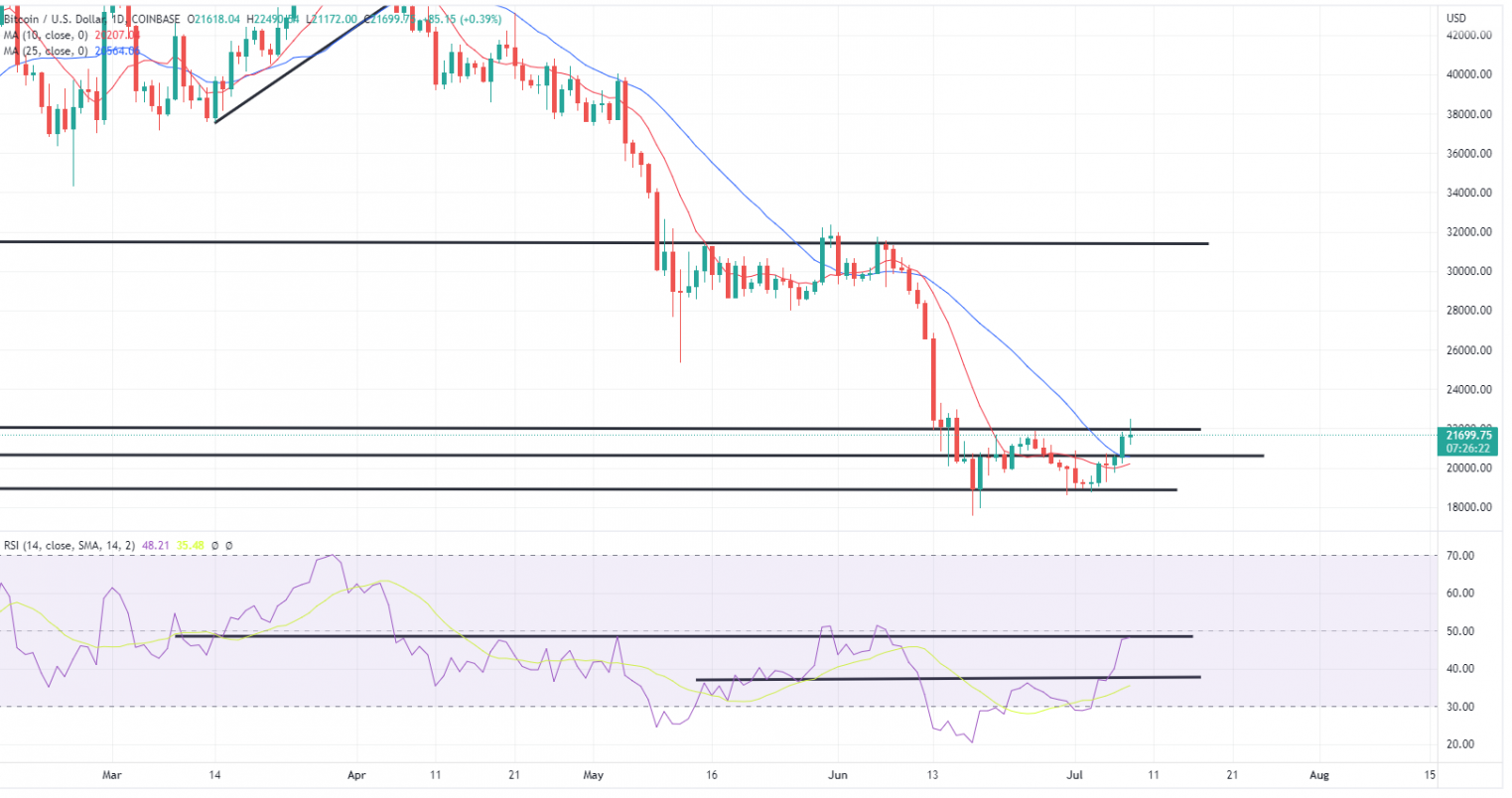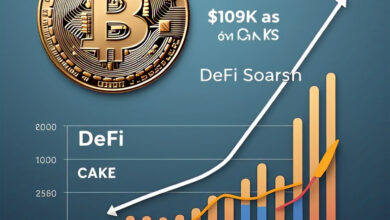
Key Factors Driving Bitcoin’s Potential Decline
The leading cryptocurrency worldwide, Bitcoin (BTC), is well-known for its price volatility. Recently, Bitcoin has seen incredible highs and then sharp declines. As of March 28, 2025, Bitcoin’s price is roughly $86,000 after a substantial fall from its all-time highs in late 2023 and early 2024. Many analysts have hypothesized that a future decline is likely based on the present price oscillations. This article aims to look at the different factors affecting this negative opinion about Bitcoin.
Global Economy and Bitcoin
The global economy has shaped the price of Bitcoin significantly. Especially in big countries like the United States and Europe, inflation and economic stagnation have lately attracted growing worries. Changing interest rates by central banks, meant to lower inflation, have affected borrowing costs and market liquidity. Usually, making riskier assets like Bitcoin less appealing to investors, these elements drive them toward more conventional safe-haven assets like gold and government bonds.

Furthermore, geopolitical concerns, such as trade conflicts and economic penalties, add to the market’s volatility. Risk appetite reduces as inflationary pressures mount and economic development slows down, which can cause more sell-offs in the cryptocurrency market, including Bitcoin. Constant economic uncertainty will probably aggravate the negative pressure on the price of Bitcoin.
Regulatory Impact on Bitcoin
The changing legal environment around cryptocurrencies is another important determinant of the probability of a BTC collapse. Governments worldwide are closely examining digital assets as several nations contemplate tougher rules in response to issues with financial stability, tax avoidance, and money laundering.
The Securities and Exchange Commission (SEC) is ceasing its enforcement activities against crypto exchanges and US projects violating securities rules. One instance is the most recent categorization of some cryptocurrencies as “collectibles” instead of securities. Although primarily affecting altcoins, the regulatory uncertainty affects the broader bitcoin market. More declines in the price of Bitcoin resulting from stricter rules or a complete ban on cryptocurrencies in some countries might cause the market to tumble.
Bitcoin Price Decline
Technically, Bitcoin shows multiple signals of a likely price fall. Relative Strength Index (RSI), the leading momentum indicator, has lately slipped below the neutral 50 level. This implies that bearish momentum is getting stronger and that, in the not-too-distant future, Bitcoin is more likely to be under downward pressure than upward price movement.
Moreover, MACD shows a bearish cross using moving average convergence divergence. This indicator picks up intensity, direction, speed, and trend length changes. Usually reflecting a downward trend, the shorter-term moving average has crossed below the longer-term moving average.
These technical signals and more general macroeconomic and regulatory concerns paint a picture of a market that may be headed for a crash or adjustment. Given these signals of decreasing demand for Bitcoin, traders and investors will most likely get more cautious.
Institutional Bitcoin Behavior
Although institutional acceptance of Bitcoin seems to be a good indicator of its future, recent conduct of institutional investors points to possible increasing risk-averse tendencies. Data from several bitcoin exchanges show that Bitcoin inflows from institutional investors to exchanges like Binance have increased, suggesting that big investors might be getting ready to sell off their assets.
This change in institutional behavior can aggravate Bitcoin’s price drop even more. Once heavily purchasing Bitcoin, institutions could sell their holdings because of worries about market circumstances, legislative changes, and unstable economies. As other institutional investors follow suit, this selling pressure could set off a snowball effect, keeping the price falling.
Market Mood Impact
Bitcoin’s price swings also depend heavily on the Crypto price mood. The attitude toward Bitcoin right now is somewhat negative since many people are becoming cautious about keeping digital assets under uncertain economic conditions. Furthermore, many traders have hesitated over Bitcoin’s volatility and unpredictability since they would rather have more consistent investing choices.
A sudden decline in market mood could set off panic selling since retail investors who bought Bitcoin during its bull run could quickly dump their assets at the first hint of a fall. Often accelerating price declines, this kind of market action sets off a vicious selling cycle and more price declines.
Bitcoin Price Outlook
Experts disagree on whether a full-fledged fall is likely; hence, the future of Bitcoin in the next months is unknown. Some analysts think Bitcoin will only show a minor comeback, maybe rising to $95,000 to $100,000 soon. Many analysts, meanwhile, are leaning more bearish, speculating that, should the present unfavorable elements continue, Bitcoin will fall into the $70,000 to $75,000 region.
Under the worst-case scenario, driven by a mix of protracted economic uncertainty, legislative crackdowns, and declining market attitude, Bitcoin might suffer a far more severe drop. Under such circumstances, Bitcoin’s price might drop below $60,000; some even conjecture that it might fall to $50,000 or less.
Final thoughts
Although Bitcoin’s price has skyrocketed recently, the present market climate points to a fall, perhaps just around the corner. Technical indications, institutional behavior, regulatory uncertainty, and economic stresses suggest a bearish trend. As Bitcoin negotiates these hurdles, investors and traders should be wary and ready for possible negative consequences.
Although some analysts think a recovery is feasible, the general opinion and present state of the market suggest that Bitcoin will find it difficult to sustain its increasing pace. As always, those engaged in the Bitcoin market should remain educated and adaptable in their investment plans to reduce the hazards connected with Bitcoin’s volatility.








